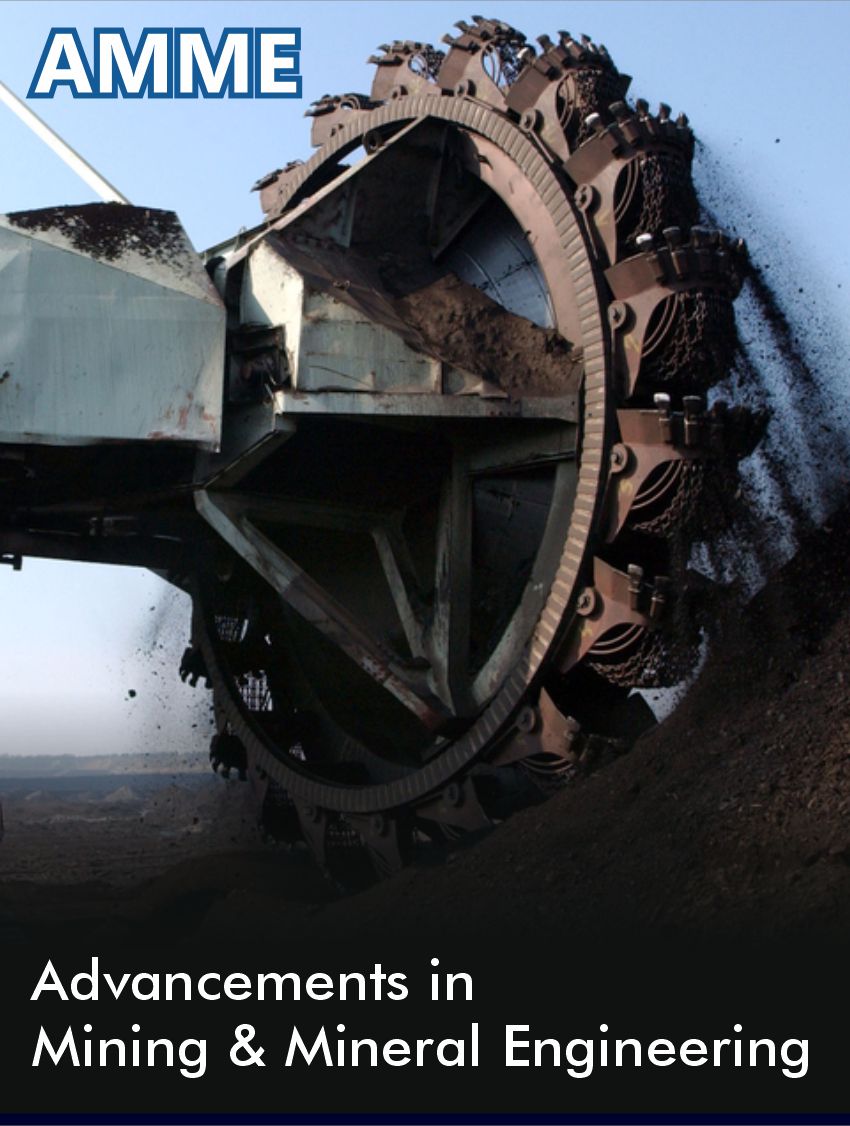 Research Article
Research Article
Experimental and Mathematical Modelling of Thermal Effects on Shale’s Permeability
Sarah Alenezi and Talal Al Bazali*
Petroleum Engineering Department, College of Engineering and Petroleum, Kuwait University, Kuwait City, Kuwait
Talal Al Bazali, Petroleum Engineering Department, College of Engineering and Petroleum, Kuwait University, Kuwait City, Kuwait.
Received Date: February 02, 2023; Published Date: February 20, 2023
Abstract
Pressure transmission tests and mathematical modelling were conducted to determine shale’s permeability under various temperatures (25 C up to 300 C). Results showed that for shales A, the permeability decreased as temperature increased from 25 C to 100 C and it increased thereafter (above 100 C). As for shale B, the permeability decreased as temperature rose from 25 C to 150 C and then it increased as temperature progressed beyond 150 C.
The behavior of permeability of shale C was totally different as it increased for all temperatures. We believe that, among other factors, clay sites activation and pore dilation could, for most of the part, explain the behavior of shale permeability for shales A, B & C under high temperatures. We think that extreme heat might activate clay sites and cause their detachment from shale surfaces.
This thermal detachment of the clay platelets is demonstrated as a thermal swelling. Clay platelet detachment caused swelling that could narrow pore throats and bodies, decreasing the amount of void space in the network of pores. In addition, we believe that high temperature could enhance the size of pore throat of the shale which might cause an increase in its permeability. This process is referred to in the literature as ‘’pore dilation’’. Data also suggests that the amount of shale’s moisture between the grains is diminished by the application of heat. A reduction in water activity of all shales as temperature risen from 25 C to 300 C was observed.
-
Sarah Alenezi and Talal Al Bazali*. Experimental and Mathematical Modelling of Thermal Effects on Shale’s Permeability. Adv in Mining & Mineral Eng. 1(1): 2023. AMME.MS.ID.000501.
-

This work is licensed under a Creative Commons Attribution-NonCommercial 4.0 International License.






